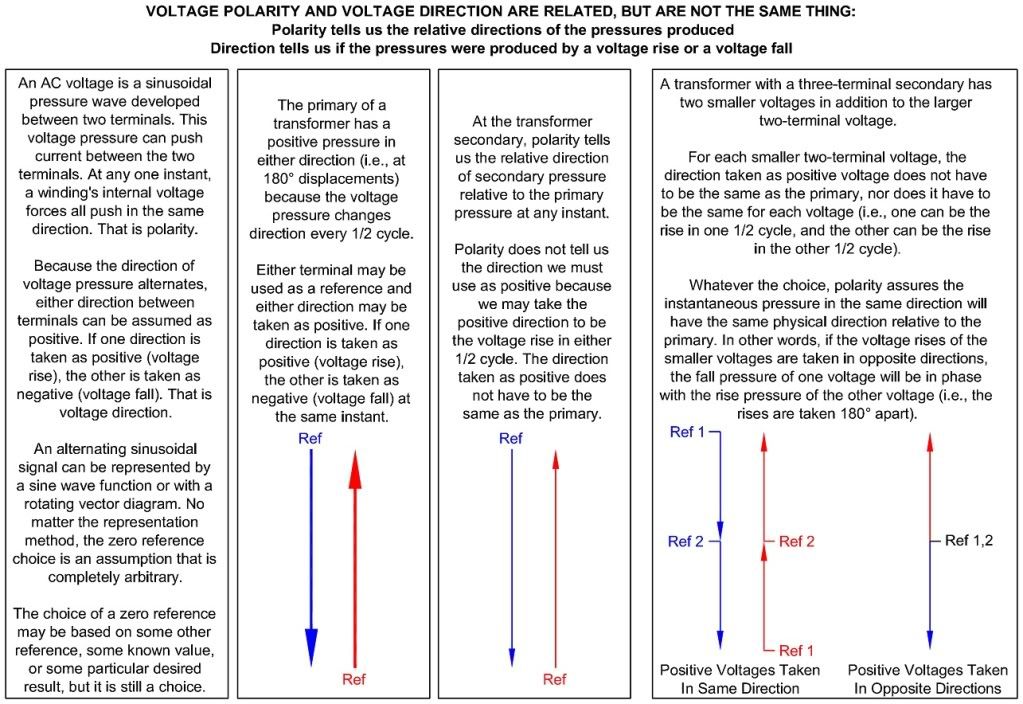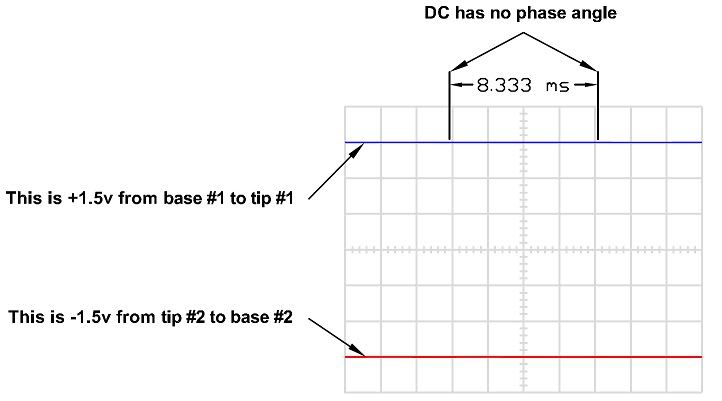mivey
Senior Member
Rick,
As part of you helping me clarify my points, could you take a look at this post and see if you can understand what I am trying to say? I'm not asking you to agree with it, I just want to know if you can understand my position.
Any word-smithing advice on how to clarify what I am trying to present in that post would be appreciated. I have tried in many ways to state my position but can't seem to get it across to some. I'm not so concerned that someone wants to argue against my position but what makes it difficult is when they argue against something that is not my position.
As part of you helping me clarify my points, could you take a look at this post and see if you can understand what I am trying to say? I'm not asking you to agree with it, I just want to know if you can understand my position.
Any word-smithing advice on how to clarify what I am trying to present in that post would be appreciated. I have tried in many ways to state my position but can't seem to get it across to some. I'm not so concerned that someone wants to argue against my position but what makes it difficult is when they argue against something that is not my position.




